
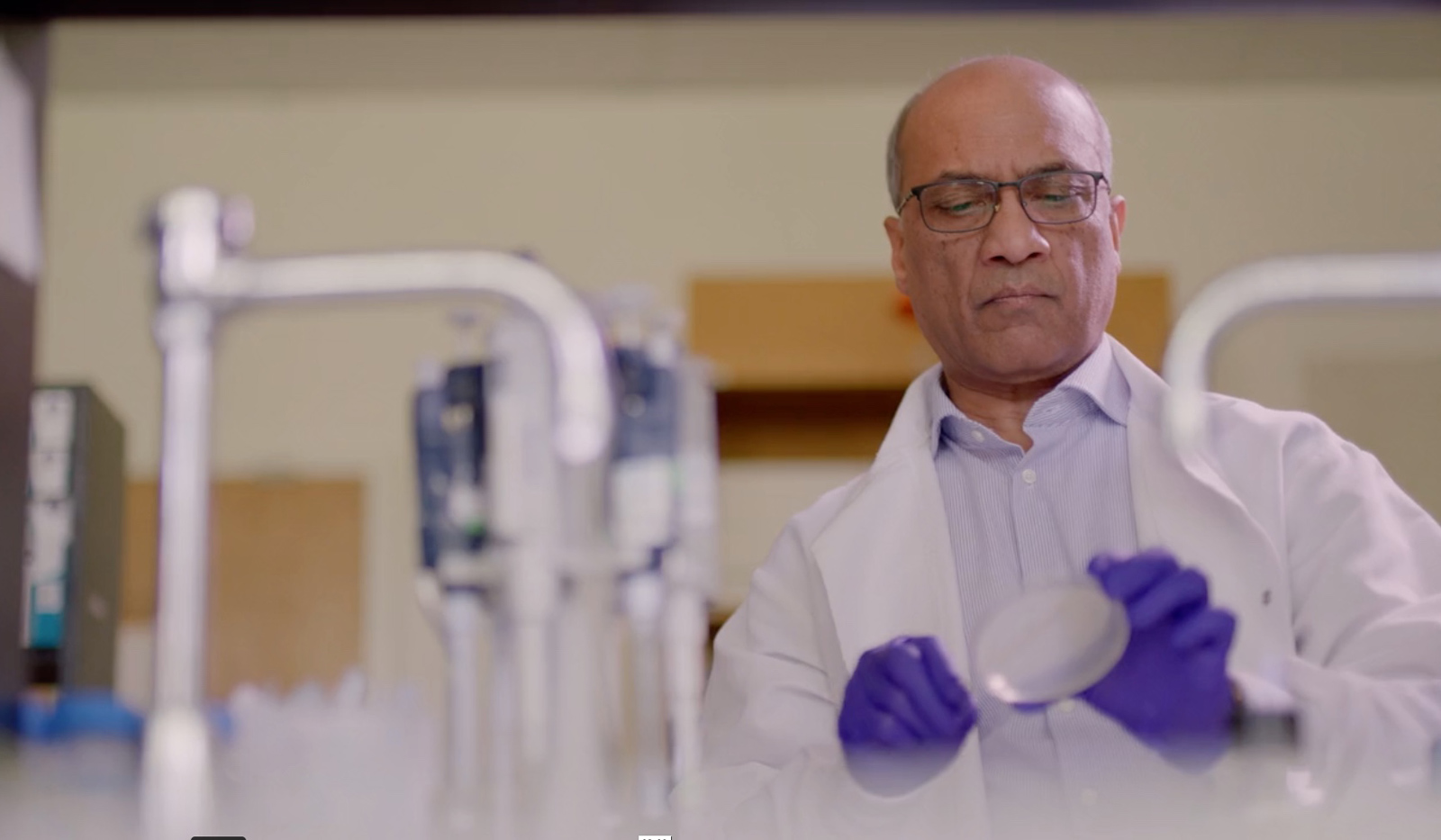
Biology Professor Venigalla Rao investigates how viruses can be used to develop vaccines and cure diseases.
This is the second feature in a series focusing on little-known or forgotten aspects of Catholic University's distinguished history and the achievements of CatholicU researchers, faculty, students, and alumni. Read the first installment to learn about 12 things you probably don't know about CatholicU.

The idea for a national minimum wage first arose at Catholic University in the person of Father John Ryan (1869-1945), who received his doctorate of sacred theology from CatholicU in 1906 on the strength of his dissertation, later published as A Living Wage, in which the moral theologian made the case that “all men had a right to a living wage adequate to support himself and his family.” Ryan saw the flawed economic views of the day, based on the "gospel of consumption," as the unfortunate outcome of a separation between ethics and economic life, and advocated that workers — not just capitalists, entrepreneurs, and landowners — have an equal claim to the financial rewards from a finished product they had an indispensable role in producing. Many of his ideas would be embraced by President Franklin D. Roosevelt and incorporated into the New Deal. Today, the Busch School of Business at CatholicU continues to promote a philosophy that business isn’t just about beating the bottom line. It’s about bettering the world we live in.

The late Catholic University Professor of Physics Clyde Cowan (1919-1974) discovered the neutrino — the smallest elemental particle so far known to science — in 1956, together with his research partner Frederick Reines, when both were conducting experiments with the Los Alamos Laboratory in New Mexico. Finding the difficult-to-detect particle, which has practically no mass and is electrically neutral, solved a big problem in some topical observations of nuclear decay: missing energy. Cowan taught physics at the University for the next 17 years before his untimely death from a heart attack. He was just 54. In 1995, the Cowan-Reines Experiment was honored with the Nobel Prize in Physics. Because Nobels cannot be awarded posthumously, Reines was left to accept the prize alone, though in a gracious gesture he indicated that he did so in Cowan's name, as well.
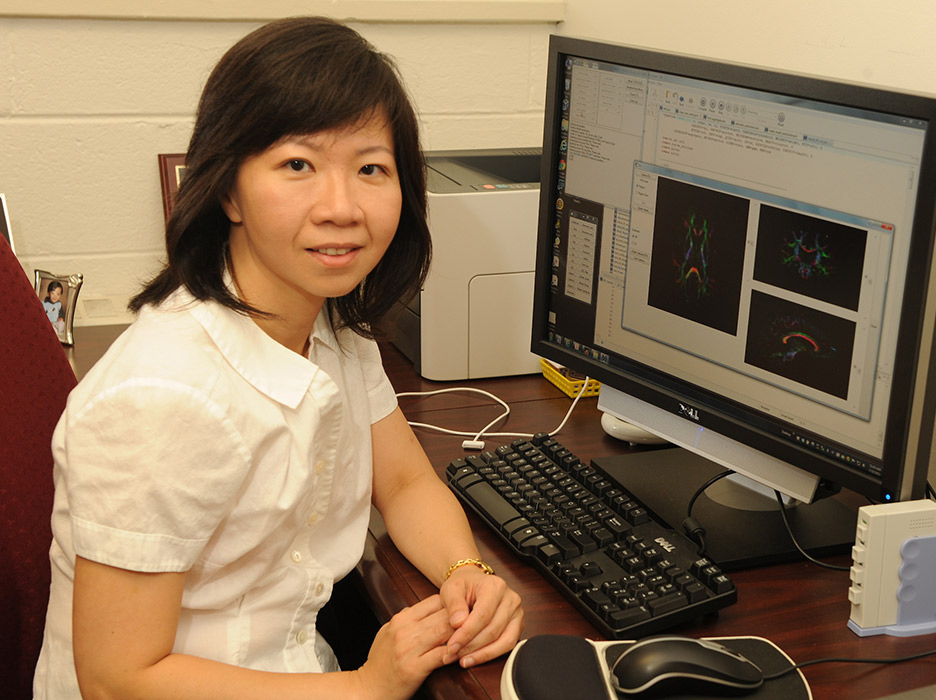
The proportion of our undergraduate students in computer science that are women — 35 percent — is nearly twice the national average (18 percent). And this holds true for our master’s and doctoral-level programs in computer science as well, where 36 percent of our students are women (vs. national averages of 29 percent and 21 percent, respectively). “It can be intimidating to pursue a degree in STEM, but our University encourages self-driven and collaborative education, which allows every student to succeed,” says Sarah Beretich '21, a computer science major with a minor in Italian studies.

According to the American Society for Engineering Education (ASEE), women collected 43 percent of the master’s degrees in engineering awarded by the University in 2018, ranking CatholicU 2nd in the nation behind only North Carolina A&T State University but outpacing other well-known engineering schools such as Carnegie Mellon, Cornell, and even MIT. “We need more women in STEM,” says Laura Mitchell, assistant professor of civil engineering in the School of Engineering, “not only for a future that benefits women equally as men, but to find better solutions to global challenges.”
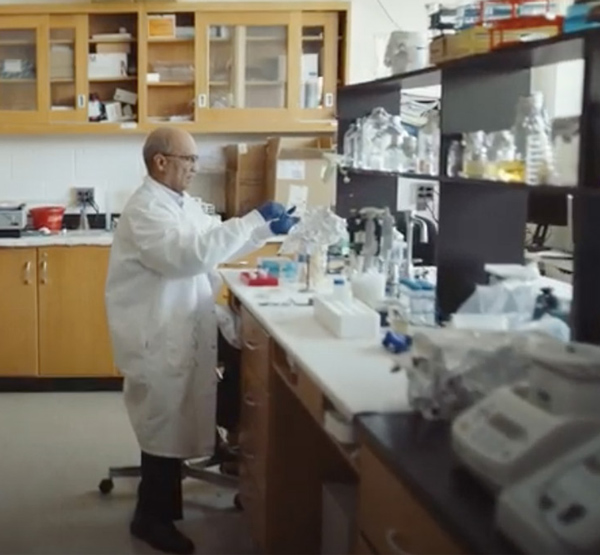
For more than 30 years, CatholicU Professor of Biology Venigalla Rao has led a multidisciplinary team investigating how viruses themselves can be used to develop vaccines and cure diseases, including HIV or cancer. Having already discovered a new counteragent for the plague and anthrax, Rao and his cadre of student researchers — including undergraduates — have turned their attention to the COVID-19 pandemic. Again reflecting the University's Catholic character and service to humanity, Catholic University recently offered the patented research royalty free to other scientists around the world working to expedite a possible coronavirus cure. As a research university faithful to the Church, “that’s part of our responsibility,” says Rao. “This is what science is supposed to be.”
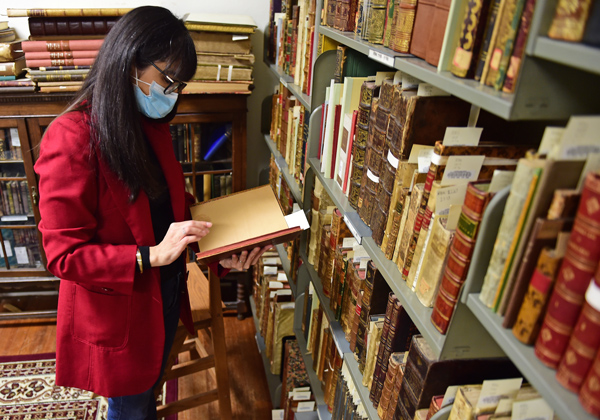
Since 1920, the Oliveira Lima Library’s collection of more than 60,000 books, manuscripts, pamphlets, maps, photographs, and original works of art relating to the history and culture of Portugal and Brazil has played a leading role in the development of Portuguese and Brazilian studies in the United States, Latin America, and Europe. The library’s holdings took on even greater importance in September 2018, when a fire gutted the National Museum of Brazil in Rio de Janeiro — the oldest scientific institution in the country — consuming the more than 20 million historical items it contained. Three months later, in December, Brazil’s Ministry of Culture presented the University with The Order of Cultural Merit, its highest public honor recognizing individual and institutional efforts to preserve and promote Brazilian culture. The Scholar's Guide to Washington states that the Lima Library “generally is considered the finest collection of Luso-Brazilian materials in the U.S.,” and that while the Library of Congress duplicates and supplements some of the materials found in the Lima Library, “there is no other specialized collection for comparable depth.”

America’s first experimental wind tunnel was designed and built at Catholic University by then-Professor of Engineering and Mechanics Albert Zahm in 1901, two years before the Wright Brothers’ Flyer took off from a windswept beach in Kitty Hawk, N.C. With support from the Smithsonian and Carnegie Institutions, Zahm’s experiments using the 40-foot long tunnel produced the first empirical results on the differences between head and skin friction of a body moving in air, and their respective contributions to aerodynamic drag. These discoveries led to a new understanding, as early as 1904, of the optimal shape for airplane hulls — the bullet-nosed torpedo shape that remains ubiquitous among modern airframes today. Zahm also was an early advocate for a government-sponsored aeronautics laboratory and, thanks in part to his urging, the United States created the National Advisory Committee for Aeronautics in 1915. Today we know the agency as NASA.
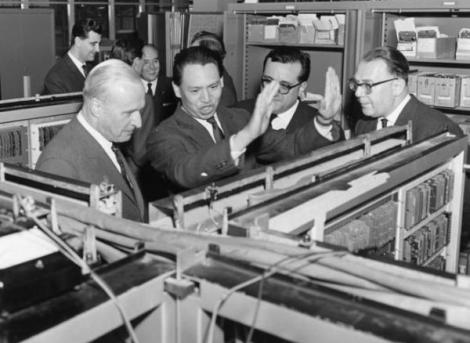
Because he was killed in a car crash in 1961 at the age of 37, most people know nothing about Mario Tchou. Though if he’d lived, his name might have been as famous as Bill Gates or Steve Jobs. The son of Chinese diplomats then living in Rome, Tchou earned his bachelor’s degree in electrical engineering from CatholicU in 1947. By 1954 he was working at Columbia University when he had a chance encounter with Adriano Olivetti, the owner of Italy’s Olivetti Company (once known worldwide for their elegant and stylistic typewriters).Olivetti convinced Tchou to return to Italy, where he was put in charge of a team creating a commercial computer. The result was the Elea 9002 in 1958, thought to be the world’s first fully transistorized computer (several months ahead of IBM’s first solid-state mainframe).
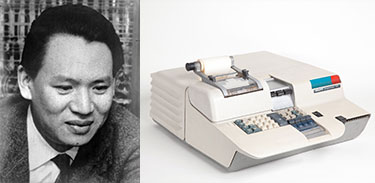
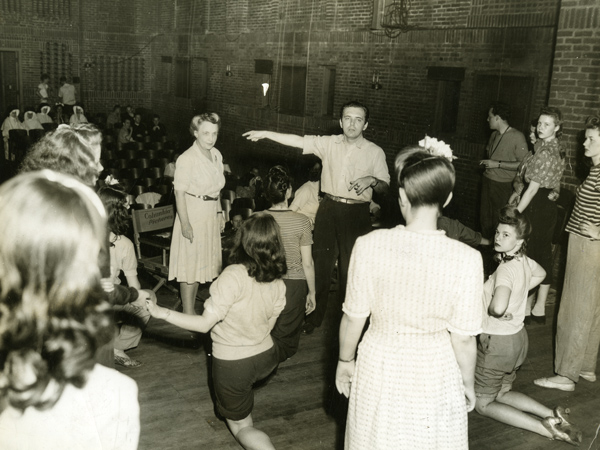
The Walter Kerr Theatre at 219 W. 48th Street in New York City is an enduring memorial to writer, lyricist, director, Pultizer Prize-winning theatre critic and CatholicU professor of speech and drama Walter Kerr (1913-1996). For 11 years, beginning in 1939, Kerr taught at Catholic while also creating (in collaboration with his wife, the Tony Award-winning actress and Please, Don’t Eat the Daisies author Jean Kerr) the popular musicals “Count Me In” and “Swing Out, Sweet Land,” both of which debuted on campus before moving on to the Great White Way. In 1946, the couple premiered “Song of Bernadette” at the Belasco Theatre on Broadway. Walter Kerr left academia in 1951 but continued writing and directing works for the stage. He became chief drama critic for The New York Times in 1966 and won the Pulitzer Prize for criticism in 1978. He was inducted into the Theatre Hall of Fame in 1983. Today, the Walter and Jean Kerr Collection of photos, awards, and other items from their careers is preserved in University Archives.
The Catholic University of America is the second oldest research university in America. Here, students can learn from world-class faculty researchers and participate in the discovery of new knowledge — all in a learning environment rooted in a strong liberal arts foundation.